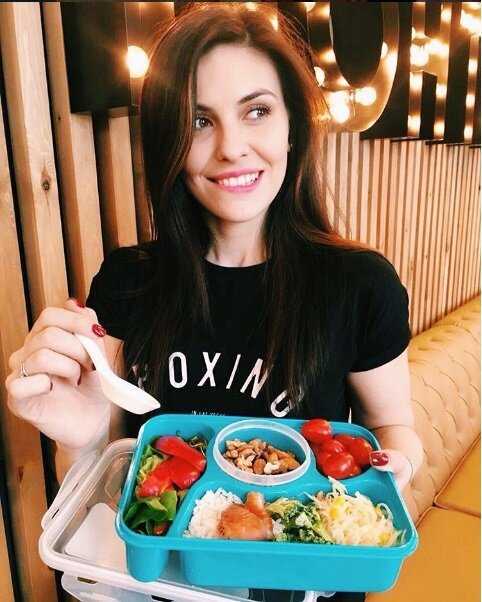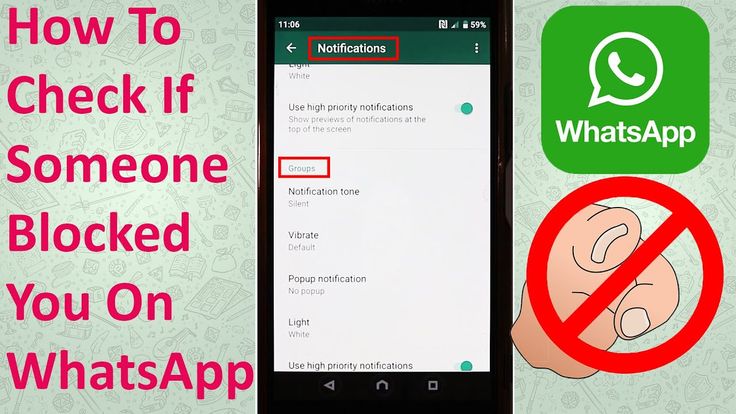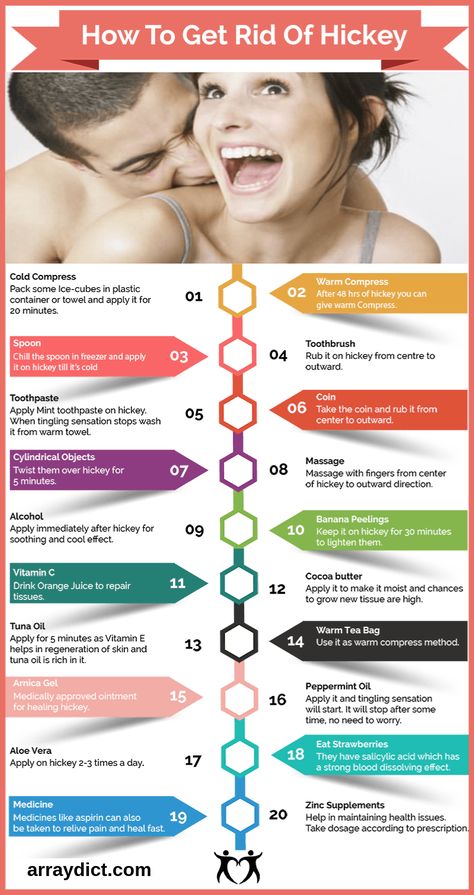How to become a food blogger on instagram and get paid
How Food Bloggers Make Money On Instagram [18 Strategies]
With over two billion active users on Instagram, it's no surprise there is money to be made. And food blogging is one of the most popular ways to do it.
But how do food bloggers make money on Instagram?
There are quite a few ways to earn an income on Instagram as a food blogger. Here are 18 of the most common…
How Food Bloggers Make Money on Instagram
1. Affiliate Marketing
Food bloggers make money on Instagram by recommending other companies' products and services. This is called affiliate marketing.
Affiliate marketing works by partnering with other companies to recommend their products. In return, you get paid a commission when someone buys those products through an affiliate link.
An affiliate link is a link with a unique identifier specific to you.
This is great for food bloggers who love creating content and would rather save time recommending other people's products rather than creating and selling their own.
The challenge with affiliate marketing is that social media platforms like Instagram don't like it. It's not that they have anything against affiliate marketing. It's just that their platforms get overrun by spammy affiliate links when they don't moderate them.
And because moderating requires a lot of resources, affiliate marketing becomes a costly pain for them.
To get around this, food bloggers (and other influencers) use Instagram to drive traffic to their personal blog or website where can post as many affiliate links as they want.
This way, they can also work with any affiliate programs they choose. And they don't have to worry if it has been blacklisted by one or all social media platforms.
An example of how an Instagram food blogger drives traffic to their website or blog would be posting a meal prep video with instructions to click the link in their bio for more detailed information. That link will take you to their website.
Or they may demonstrate a recipe and recommend visiting their site to get the recipe details.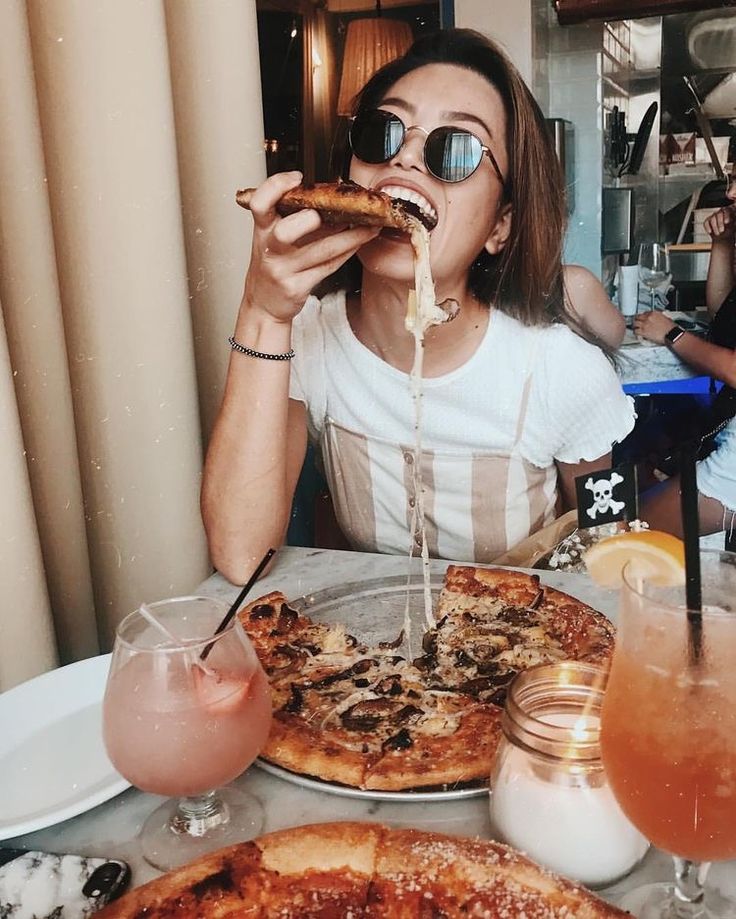
2. CPA/Lead Generation
Lead generation is similar to affiliate marketing. The difference is that food bloggers get paid for generating leads rather than sales.
This is generally easier because followers don't have to buy anything for the food blogger to get paid. Instead, followers only have to perform an action, like signing up for a newsletter.
The downside to lead generation is that it usually pays less than sales-based affiliate marketing.
Online lead generation is often referred to as CPA marketing, or “cost-per-action.” Companies pay marketers (in this case, food bloggers) when a follower performs a specific action. Actions include filling out an application, signing up for a free trial, or joining a free program.
When this happens, the company acquires a name and an email address (a lead).
Lead generation can pay anywhere from fifty cents per lead to hundreds of dollars depending on the action performed and what the company offers.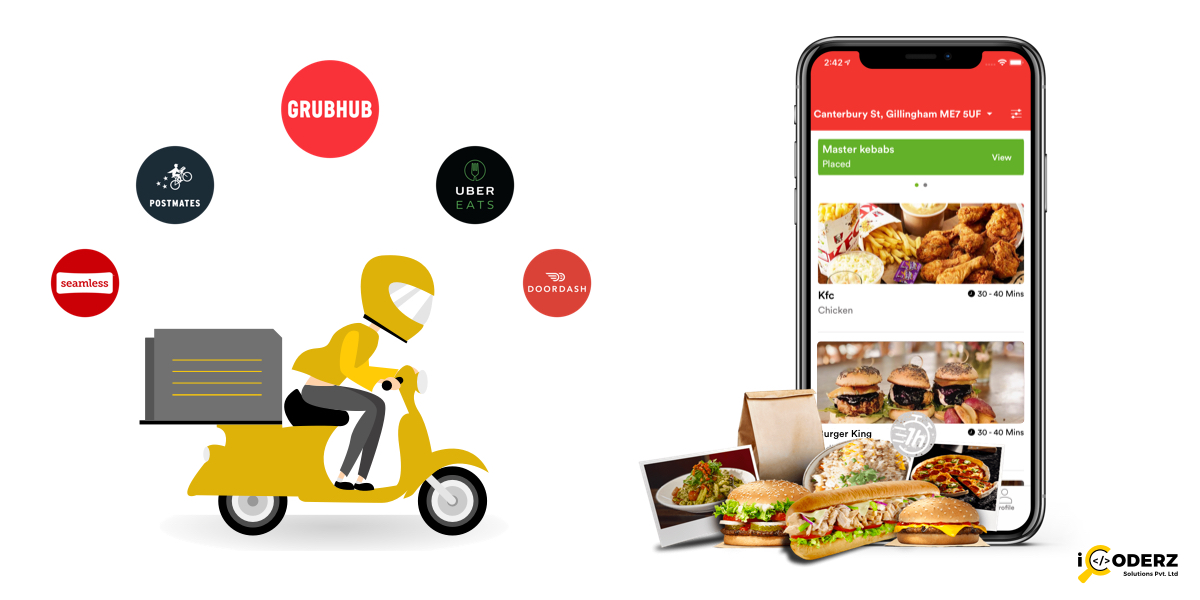
For example, a single email to a supplement company may pay anywhere from fifty cents to a few dollars. On the other hand, a follower filling out a detailed wellness retreat application would pay significantly more.
CPA links are similar to affiliate links and are best not posted directly on Instagram but on a website you're sending your IG traffic to.
You can also include these kinds of links in the description of YouTube videos.
Therefore, using the same strategies you'd use to send your Instagram audience to your website, you could also send them to your YouTube channel.
3. Recipe Development
Brands pay influential food bloggers to develop original recipes using their products as ingredients.
Another way food bloggers make money with recipe development is by creating recipes with unique and hard-to-find ingredients. It could be an organic ingredient or one produced by a limited number of brands.
Because these ingredients are hard to find in local stores, people are more likely to buy them online through the food blogger's affiliate links.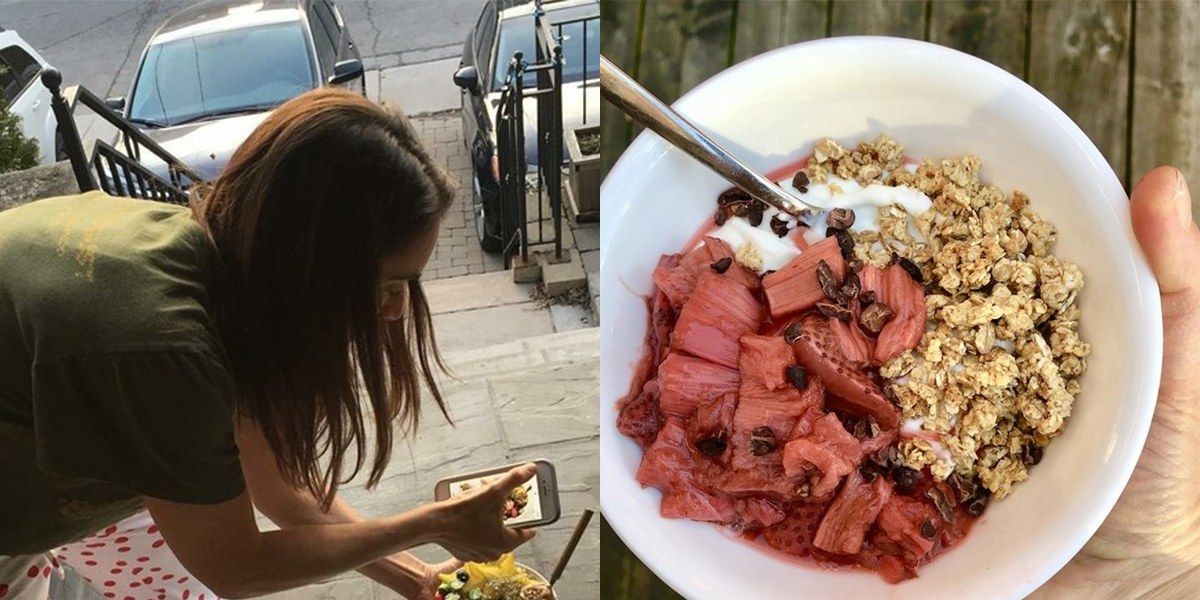
4. Cookbooks
In addition to promoting other people's products, food bloggers can also make and sell their own. A cookbook is one of the easiest products to make for a food blogger.
They would simply compile their recipes and images from their blog (on their website) and put them in book format.
It could be a hardcover book, ebook, or both.
A food blogger's cookbook will often contain exclusive recipes unavailable on their website or social media pages. It may also include additional pictures, meal plans, discount codes, etc.
Another strategy to increase book sales is to offer signed copies or access to an exclusive group on Facebook, Discord, etc.
5. Display Ads
Display ads are another popular method that food bloggers use to make money. While you can't put display ads directly on Instagram, you can put them on your website. And like affiliate links, this is another reason to encourage your followers to visit your site.
One way to put ads on your website is with Google Adsense. As your traffic grows and your blog becomes more established, you can apply to ad networks like Mediavine, AdThrive, or Ezoic.
However, Instagram allows in-stream video ads, and I'll discuss those further down the list.
Another way that food bloggers make money with ads is through YouTube and podcasts.
Whether your ad revenue comes from your website, YouTube, or a podcast, the great thing is that its passive income. Once you create that content, as long as people still view it, you earn money without additional effort.
This is why many food bloggers are on multiple platforms and social media sites. They build out their ecosystem by linking them all together. This creates a network with several entry points and allows followers to move efficiently between each platform.
And with each platform, they can monetize their content in unique ways.
6. Local Food Services and Sales
Successful food bloggers can leverage their online celebrity and offer local food services and sales.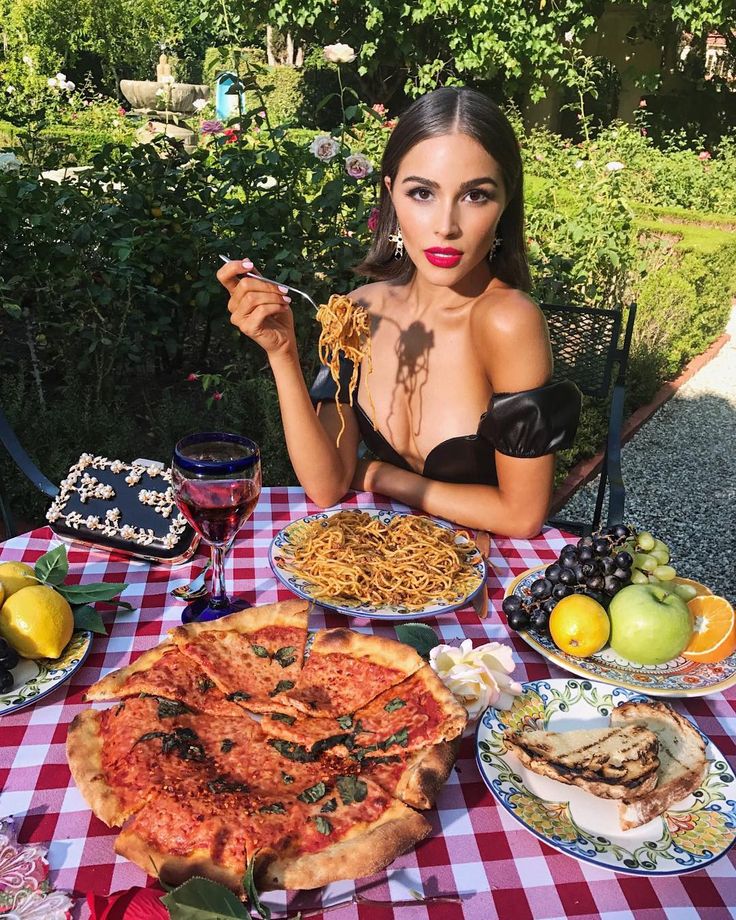
For example, you're already cooking and experimenting with recipes while taking mouth-watering pictures and videos of your creations. So why not use those to promote local services like event catering, luxury picnics, custom cake sales, baked goods, etc.
Other examples include jams and jellies, salsa, dips, pre-mixed spice packages, gourmet olives, pickles, and so on.
The list of potential products you can package and sell locally is endless.
7. Private Label Products and Supplements
If you like having your own branded products but don't want (or have the time) to make them, you can sell private label products.
These are products you buy from a supplier and sell under your own brand name. Sometimes referred to as white label products. They are popular among food bloggers who focus on health and fitness and sell supplements.
Private label products can be sold locally on sites like Facebook Marketplace. However, they are often sold to more hardcore fans who are connected to the brand in some way. It could be a follower or someone who joins a membership and is part of the influencer's community.
It could be a follower or someone who joins a membership and is part of the influencer's community.
So although followers may have come from Instagram, they usually purchase from a website or platform to which the blogger's Instagram bio is linked to.
8. Courses, Memberships, and Meal Plans
Food bloggers also make money online by selling courses, memberships, and meal plans.
There are several different types of membership sites available today. Some offer monthly subscriptions, while others require annual fees or one-time payments.
An example of a course would teach you new cooking skills. It could be specific to healthy meals or ways to entertain at home or focus on the cooking process in general.
These cooking courses often include communities where foodies share recipes and tips.
Meal plans are another popular item for food bloggers to sell. In addition, some food bloggers sell bundled ingredient packages to go along with their meal plans.
9. Sell and License Photos
A signature characteristic of food blogs is that they have great photographs. Food photography is a serious skill. It's a skill some food bloggers cash in on.
Some food bloggers get so good at food photography that taking pictures of food becomes their primary source of income. They can sell and license their photos and teach food photography through online courses and coaching.
10. Coaching
There are many ways you can become an online coach. For example, you may become a nutrition or cooking coach as a food blogger. You can also coach others to start their own food blog.
And as mentioned above, some food bloggers get so good at some aspects of what they do, like photography and videography, that they coach others in those specific areas.
11. Brand Sponsorships and Collaborations
Brand collaborations are partnerships between brands and bloggers. These partnerships usually form when brands reach out to bloggers with large followings. Bloggers might also reach out to a brand, but that's less common.
Bloggers might also reach out to a brand, but that's less common.
These collaborations are very cost-effective for brands.
Consider the cost of a 30 or 60-second television commercial. The production alone can cost several thousand dollars or more.
Then, to air that commercial, TV stations charge anywhere from $5 per 1000 viewers in smaller local markets to $20 to $ 30 per 1000 viewers in larger markets.
So, a commercial viewed by 10,000 people can potentially cost anywhere from $50,000 to $300,000.
Compare that to a food blogger with half a million followers. They may charge as little as $10,000 to produce and publish a sponsored post or video.
That's a fraction of the cost.
The brand will reach a larger audience, and the people they reach are also specifically interested in food and cooking (which is why they follow that food blogger).
That's not the case on TV.
People watching TV often ignore commercials while playing on their phones or fast-forward the commercials if they can.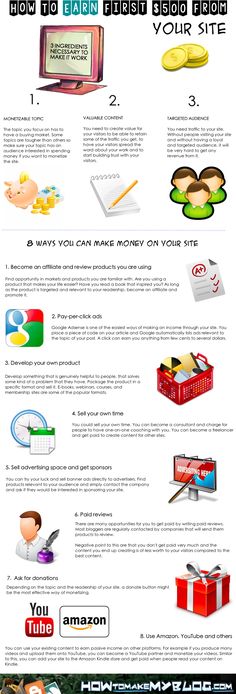 And most who do watch the commercial have no interest in what the commercial is about.
And most who do watch the commercial have no interest in what the commercial is about.
So Instagram influencers (as well as bloggers, YouTubers, etc.) are an essential source for brand exposure.
12. Local Restaurant and Cafe Reviews
As a food blogger, local restaurants and cafes will often hire you to review their menu items, which is mutually beneficial.
You can build up your reputation as someone whose opinion is valued. You may even get free food.
In turn, the restaurant gets exposure to your online audience and the benefit of being reviewed by someone with credibility.
It's a win-win.
13. Restaurant Client Services
Not only do restaurant owners hire food bloggers to review their restaurants, but they may also hire a food blogger for their services. A food blogger will likely manage a restaurant's online strategy and grow its following better than they can.
- Influential food bloggers not only have a following (that the restaurant can tap into), but they also have a unique set of skills.
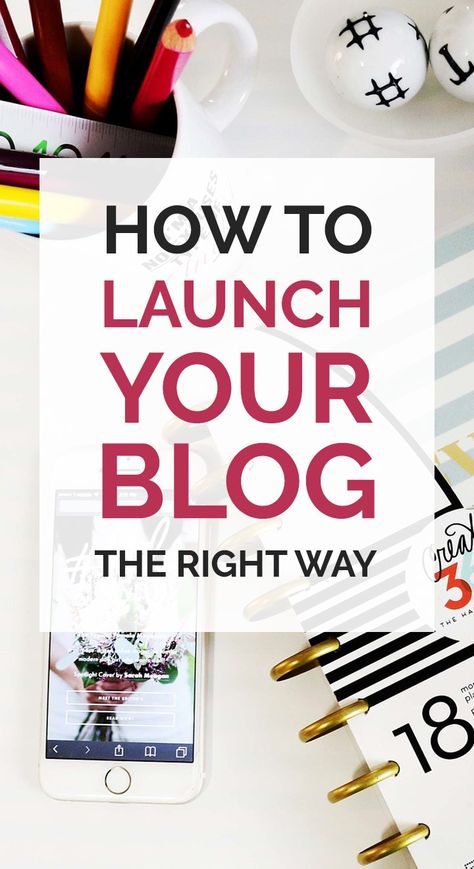 From online marketing skills to photography and videography ability that grabs attention, a food blogger's services are valuable to a restaurant. Some of the things a food blogger can help a restaurant with are…
From online marketing skills to photography and videography ability that grabs attention, a food blogger's services are valuable to a restaurant. Some of the things a food blogger can help a restaurant with are… - Growing its social media presence and engagement
- Attracting new customers
- Drive traffic to the restaurant's website and generate leads
- Increase food sales
- Promote loyalty programs
- Improve the restaurant's image and brand
- Promote the restaurant's participation at events such as food fairs.
These things can change the entire trajectory of a restaurant's future, and many restaurants (not all) are happy to pay a food blogger to help them. And for a food blogger with a passion for food, it's a dream job.
14. Instagram Shopping
Instagram has its own shopping platform. Therefore, a popular food blogger on Instagram can also sell branded merchandise such as those made by a print-on-demand (POD) company.
POD products are generally everyday items a blogger can add their logo to or a message. Apparel, coffee cups, coolers, stickers, tote bags, etc.
These products are usually ordered online, printed by the POD company, and shipped directly to customers. They are effective for bloggers because no inventory is required, and they don't have to worry about shipping.
Sometimes, a food blogger with a large following (with a history of merch sales) will buy in bulk and keep inventory locally.
Instagram bloggers can create an IG shop to display and sell their merchandise.
15. Drop Shipping
In addition to earning commissions through affiliate marketing, some bloggers go further and sell products themselves through drop shipping.
Drop shipping allows you to sell products online without owning or operating a physical store. Instead, you send orders to a manufacturer who ships them directly to your customers.
Like print-on-demand, drop shipping is another way to sell your branded products.
It's not as common as affiliate marketing because much more time and effort are involved.
While your profit margins are higher, you must also deal with customer support issues, invoicing, returned and damaged products, etc.
Many bloggers make it work and do it successfully, but it's a big step up from affiliate marketing because it often requires a team to handle many issues that arise when dealing with customers directly.
16. Sell Photos
There are a few ways that food bloggers can make money selling their food photos.
The first is submitting photos to a stock photography site like Shutterstock or Getty Images. When someone buys or licenses your images, you earn a percentage of the sale.
Another way is to offer specific photography services to restaurants, caterers, food delivery companies, magazines, grocery stores, and other food bloggers.
Food bloggers can also apply for in-house photography jobs with larger publishers and media companies.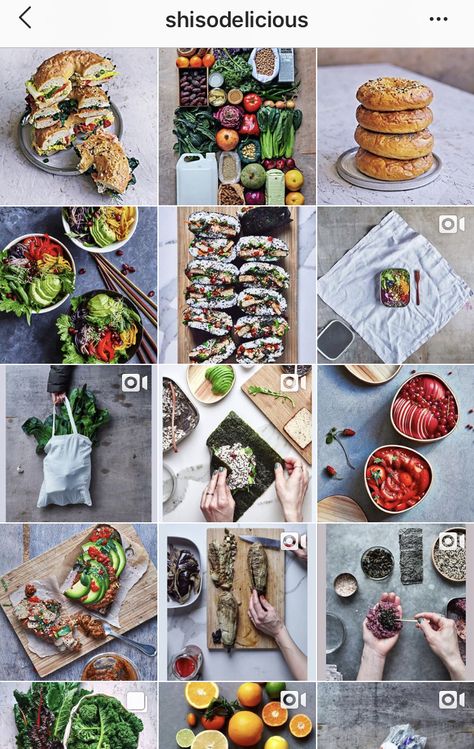
17. In-Stream Video Ads
While pictures of food are great, those who publish food videos open the door to more income opportunities.
For example, Instagram food videos (or videos in general) that are one minute or longer can be monetized with in-stream video ads. Ad revenue is calculated per 1000 views or impressions (RPM) and varies significantly by the nature of the content.
Instagram ads are not necessarily a major source of income for food bloggers. However, display ads for those with their own websites are. Many food bloggers earn hundreds, sometimes thousands, of dollars daily from display ads on their food and recipe blogs.
And then there is YouTube. If you're already creating food videos, you can leverage your efforts by posting them on YouTube and earning ad revenue there too.
18. Live Badges
Instagram live badges allow followers to tip bloggers by giving them “hearts” during a live stream. Supporters can tip $0.99 (one heart), $1.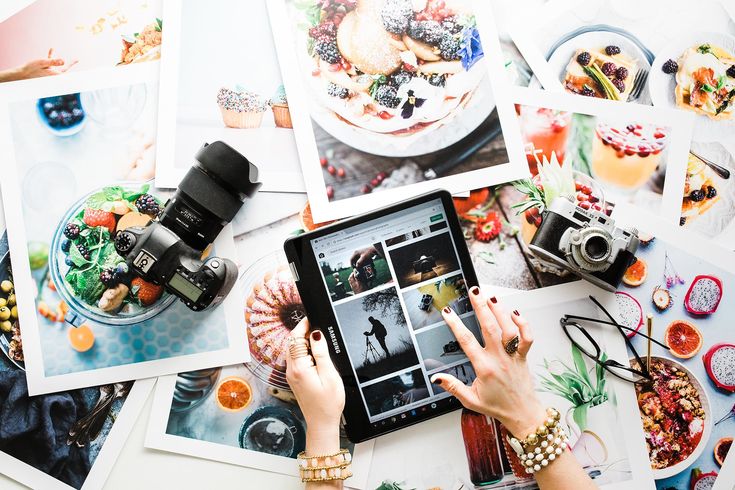 99 (two hearts), or $4.99 (3 hearts).
99 (two hearts), or $4.99 (3 hearts).
To receive IG live badges, you must be at least 18 years old and live in a supported region. You must also have at least 10,000 followers and adhere to Instagram's content monetization policies.
Payments are made via direct deposit or PayPal.
How Much Money Can Food Bloggers Make on Instagram?
When compared to the amount of money a food blogger can make using all or some of the methods described above, the money they make from Instagram only is small.
In other words, food blogging across multiple platforms is very profitable. And their blog will earn the most money.
While Instagram is a crucial component of their strategy, the big money is made across all channels.
Instagram, of course, helps them attract and engage with new followers and to remain relevant.
The highest paid bloggers can make as much as $50,000 to $100,000 per month when all revenue streams are considered. Some earn more.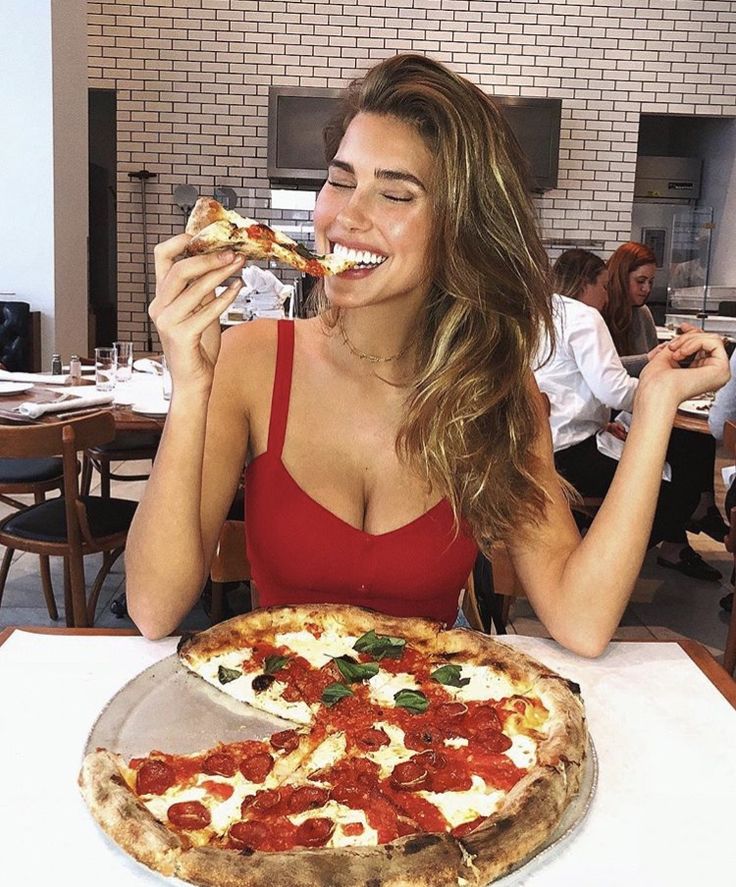
Of course, successful food blogs approaching six figures or more per month are outliers.
That doesn't mean other famous food bloggers don't make money. In fact, it's not uncommon for a food blogger to earn $5,000 to $10,000 per month. Those numbers are a reasonable expectation if you put in consistent effort over time.
How Do Food Bloggers on Instagram Get Paid?
Food bloggers get paid in a variety of ways. Depending on the monetization partners they work with, they may get paid through direct deposit, check, PayPal, Payoneer, etc.
Those who sell their own products locally or online may get paid in cash or through an online payment processor such as Stripe.
How to Build a Following on Instagram
Share Your Instagram Profile Everywhere Possible
To grow your followers, promoting your profile wherever you are online is a good idea. But, of course, this depends on who you want to see it.
If you don't want friends and family following your food blogging business or don't want to bother them on social media, it's best not to post on Facebook.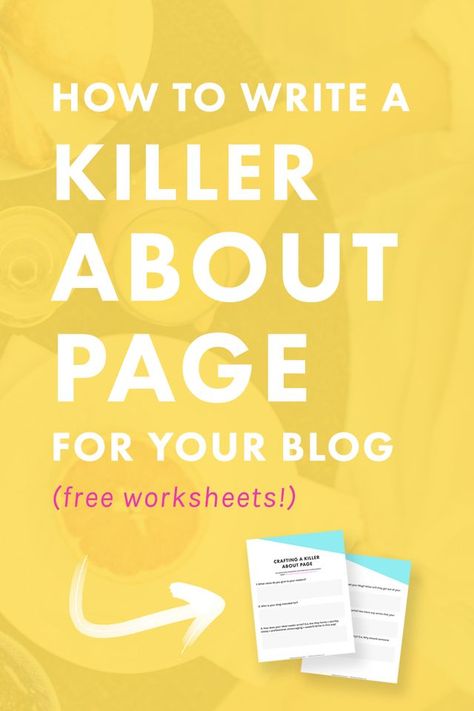 At least not on your personal profile.
At least not on your personal profile.
But platforms like Twitter, LinkedIn, Tik Tok, email, etc. are great places for cross-promotion.
If you have a YouTube channel, add your Instagram link in the description of each video. You can also mention your Instagram account in your videos.
Depending on your niche and your business, you might want to add your profile on your business card, notepads, and swag that you hand out to customers.
When promoting yourself in niches like van life, cars, or sports, stickers with your profile information can help grow your following.
Be Consistent
Posting on Instagram daily gives your followers more chances to see your content. Especially habitual followers who check their feeds daily.
Posting daily helps also keeps your followers engaged and interested.
However, if you only post every few days or once a week, it's easy to get lost in the shuffle and forgotten. The algorithm favors those who post daily, or that seems to be the case.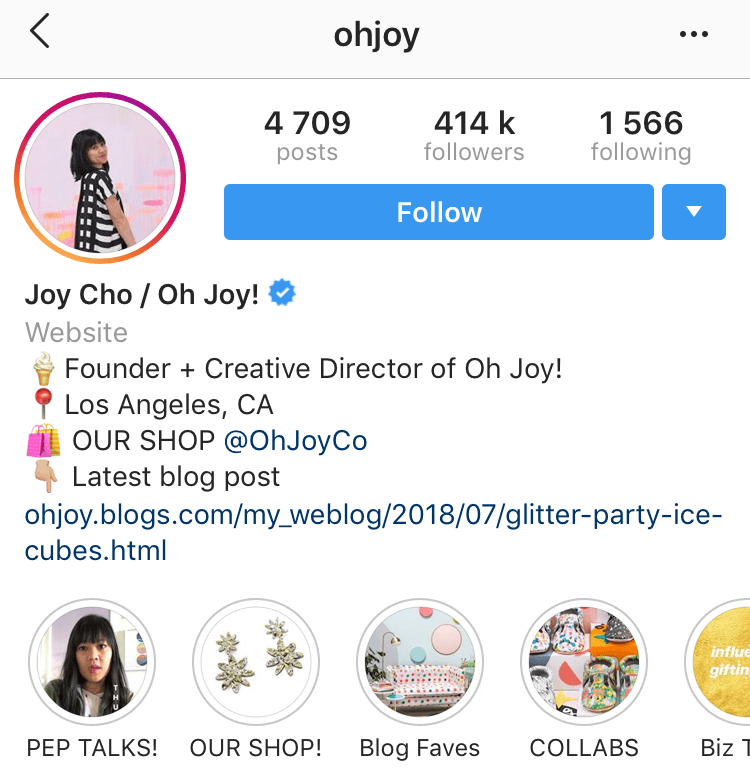 Of course, Instagram will never reveal exactly what triggers its algorithm.
Of course, Instagram will never reveal exactly what triggers its algorithm.
They also don't share the number of people the average Instagram user follows, but we can assume a frequent user (the kind you're trying to engage with) likely follows a hundred or more. Some people follow thousands.
So you're constantly fighting for attention and to not disappear into the crowd.
Post Content Your Followers Want
You can post whatever you want, but what you want might not be what your target audience wants.
Know your niche and know your audience. It sounds obvious, but it's often the obvious that goes unnoticed.
When you're immersed in your niche you know what people are talking about. You follow the chatter and see the content they are sharing. Not only Instagram, but also on other platforms.
You can also research your niche on forums like Reddit and Quora to learn more about your audience.
Use keyword research tools and Google Trends to find out what's current.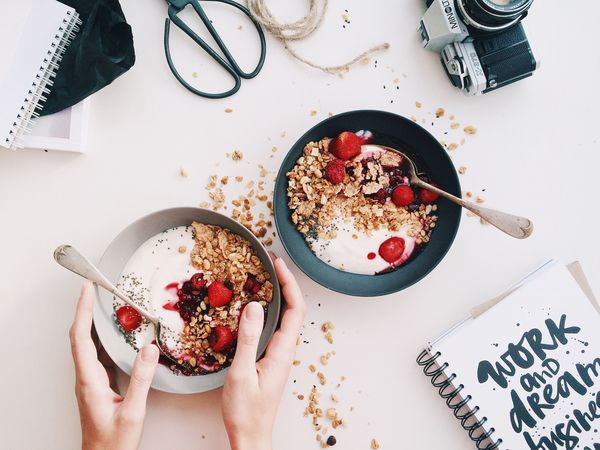 Google and YouTube “autosuggest” is another way to see people's online questions.
Google and YouTube “autosuggest” is another way to see people's online questions.
Start by typing a common word or phrase in your niche and pay attention to the suggestions shown in the drop-down menu. Those suggestions are provided because they are what other searchers have been typing in.
You can also put your cursor before the word or phrase for more suggestions.
And then use all of that information to create posts your followers want.
Choose Popular Hashtags
Hashtags are a valuable tool when growing your Instagram following. Here are some tips to consider…
Use General and Specific Hashtags
There are two types of hashtags, general and specific.
General hashtags identify groups of similar topics. For example, #travel, #food, or #money.
Specific hashtags, on the other hand, are relevant hashtags. They better describe what your post is about.
For example, instead of #food, a specific hashtag would be the kind of food your post is about.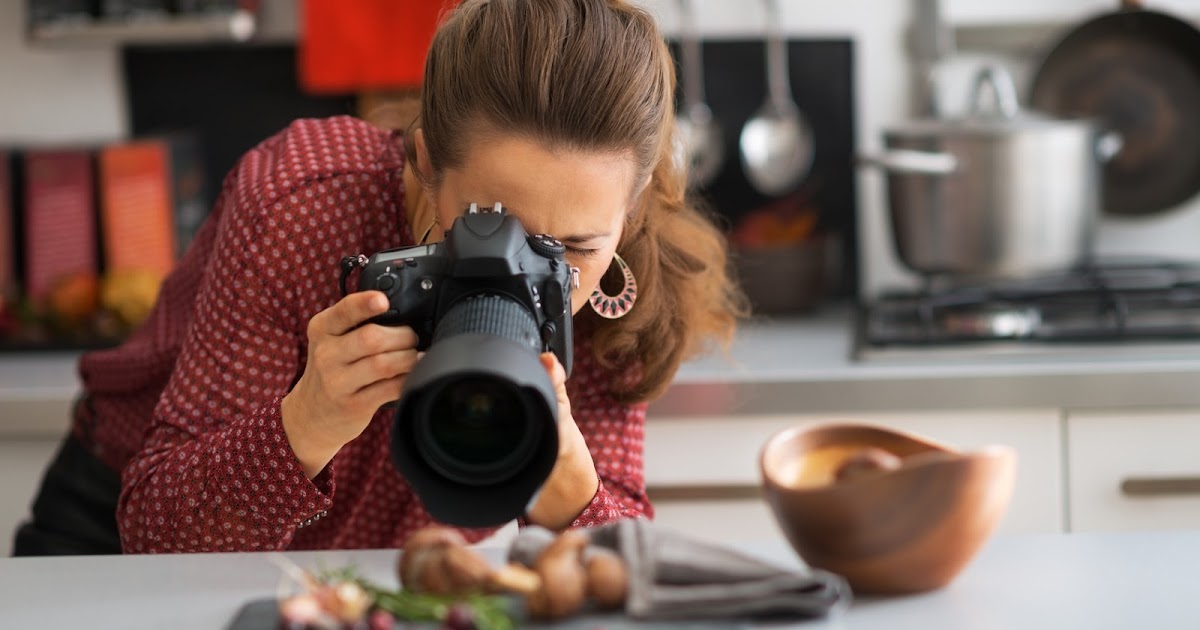 It might be #pizza, #greensmoothie, etc.
It might be #pizza, #greensmoothie, etc.
Similarly, a specific hashtag for travel could be the location you are traveling to. It's good to use both types of hashtags.
Don't Overuse Specific Hashtags
Specific hashtags help you connect with people searching for those topics closely related to your post, but overusing them can appear spammy. Especially if they are not closely matched to the content of your post.
Choose Hashtags With Commercial Intent (When Appropriate)
Hashtags with commercial intent have a higher likelihood that someone searching it becomes a customer or a lead. These specific hashtags include words like best, howto, coupon, discount, cheap, download, etc.
They indicate that someone is looking to buy something.
Again, only use these specific types of hashtags when they are appropriate. And try not to overuse them.
Track Actions and Results
Keep track of the hashtags you've used in your most viewed posts. And which hashtags are associated with the most likes and shares?
And which hashtags are associated with the most likes and shares?
Also, keep track of how they perform over time. You may notice that a hashtag that once worked well no longer does. It could be because of overuse or because the audience searching that hashtag is no longer responding to your content.
Or maybe it's being misused and irrelevant to your posted content.
Whatever the case, you can only increase engagement methodically when you know what works. And the only way to know what works is to track what you do and what happens when you do it.
Show Your Personality
A common mistake on Instagram is being too professional and as a result, boring. Save that for LinkedIn.
People scrolling their Instagram feed are not looking for “professional.” They are looking for fun. They are looking for personality.
That doesn't mean you need to be over the top or fake. It also doesn't mean you shouldn't be polished.
But it does mean you should be personable. Share stories and be real. Show them the person behind the brand, not just the brand.
Share stories and be real. Show them the person behind the brand, not just the brand.
You can share your process on Instagram, not just your result.
People want to feel connected to you on Instagram. They should have a sense that you go through the same challenges and struggles they do, so don't be afraid to be vulnerable.
Of course, you shouldn't share something that you're not comfortable sharing, but the closer people feel to you, the more often they'll consume your content and share it with others.
Post at The Right Time
While there is no perfect time to post, some times are better than others.
According to Influencer Marketing Hub, the best times to post on Instagram are:
- Wednesdays at 11 AM
- Thursdays between 2 PM and 3 PM
- Friday at 10 AM
But of course, you don't want to limit your posts to these days and times.
Influencer Marketing Hub has also compiled data from a handful of studies to identify engagement trends.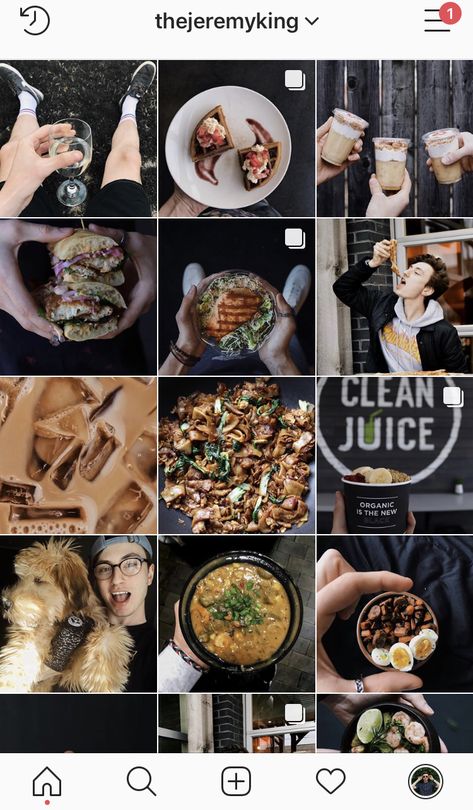 They found that posting between 7 AM and 7 PM, Monday to Friday is the best time.
They found that posting between 7 AM and 7 PM, Monday to Friday is the best time.
Having said that, each niche and audience is unique. Therefore, there may be specific considerations regarding posting times that are known only to you and your followers.
Follow, Like, Share, and Comment
If you want people to follow you, like, share, and comment on your posts, you should do the same for others.
Being an active participant on Instagram is one of the best ways to gain a following. The more
You should also tag others where appropriate.
Two important signals recognized by the Instagram algorithm are interest and interaction. When you follow others, tag them, and comment on their posts, you create an opportunity for others to show interest and interact with your Instagram account.
They may follow you, but you're also increasing the chance the algorithm will put a post of yours in their feed because they interacted with you in some way.
Is It Worth Starting a Food Blog?
If you’ve ever wanted to make money from food, food blogging is a great way to do it.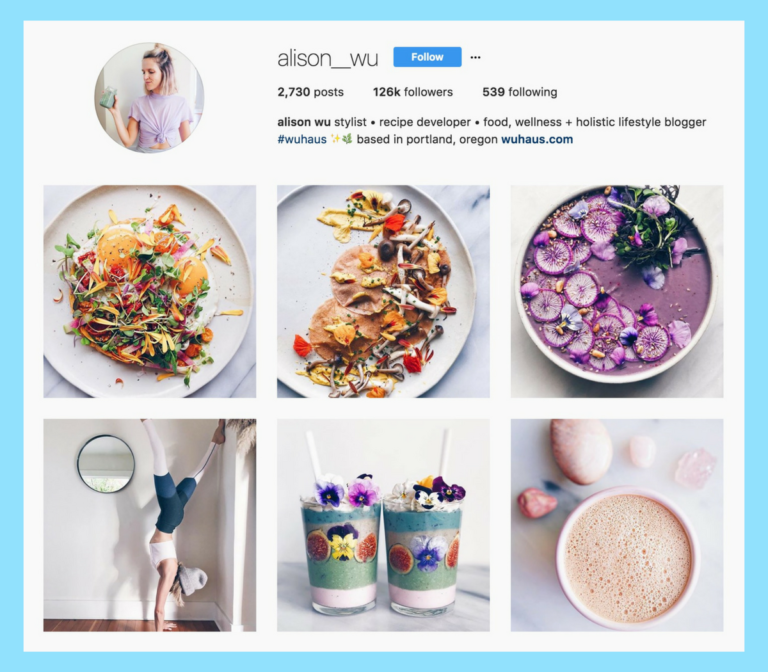 It offers many opportunities for those who have a passion for food. Whether you're a quiet person who prefers to stay behind the camera or someone who loves the spotlight, you can turn your passion into a full-time income.
It offers many opportunities for those who have a passion for food. Whether you're a quiet person who prefers to stay behind the camera or someone who loves the spotlight, you can turn your passion into a full-time income.
Also, if you own a restaurant, catering service, etc., food blogging can amplify your voice and your brand.
So yes, starting a food blog is worth it.
The methods and strategies listed here are simple to implement and flexible. Some food bloggers make money using all strategies, while others do very well with just a few. I hope you found this list of ways food bloggers make money on Instagram helpful if you're beginning your own food blogging journey.
How food bloggers can make money on Instagram (tips + real examples)
So, you’ve put much time and effort into making your food blog a success. You might also have your fans, but wouldn’t it be cool if you could find alternative ways to make money? Use Instagram!
As a visual platform with a strong focus on images and videos, Instagram has quickly become one of the most preferred social media platforms among internet users who perceive visual information better than texts or audio.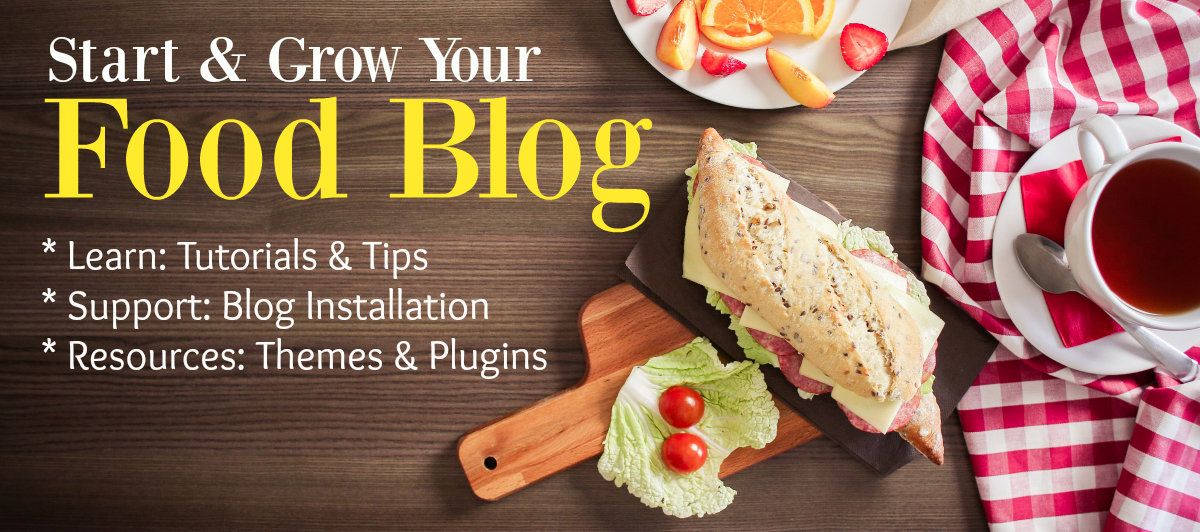
Since people eat first with their eyes, Instagram has great potential for food bloggers of all sizes.
Why do food bloggers choose Instagram?
Around 80% of influencers consider Instagram as the top social media platform for brand collaborations as there are many ways to monetize your account, no matter how many followers you have. For food bloggers, here are three main reasons to choose Instagram for making money.
- Instagram is one of the fastest-growing platforms: The number of people who use Instagram is constantly growing. The community has surpassed 2 billion monthly active users and the user base is predicted to grow in the future. With the variety of engaging features, Instagram remains one of the fastest-growing social media channels and it has the most engaged user base, especially in the food niche.
Source
- Food brands market their products on the platform: Food has become a hobby for many people who identify themselves as “foodies,” so it’s no wonder that it’s one of the most profitable Instagram niches.
 Moreover, Instagram’s own data makes the case that users are passionate about food on the platform: 58% of users have a strong interest in food & cooking and 36% feel more inspired to try new things related to food.
Moreover, Instagram’s own data makes the case that users are passionate about food on the platform: 58% of users have a strong interest in food & cooking and 36% feel more inspired to try new things related to food. - In-app business-friendly features help to make money: Instagram has a wide array of features for a creator to monetize your Instagram following. Clickable links, interactive Instagram Story stickers, creator profiles, and in-app checkout are just a few features that help food bloggers market their services or products, establish a connection with fans, or even sell on Instagram.
Now that you know about Instagram’s potential for food bloggers, you might want to know how profitable this platform can be, right?
How much money can food bloggers make on Instagram?
You might be wondering: What is my potential income with the help of Instagram? The short answer is unlimited!
Obviously, your income depends on two main factors: account size and engagement rate.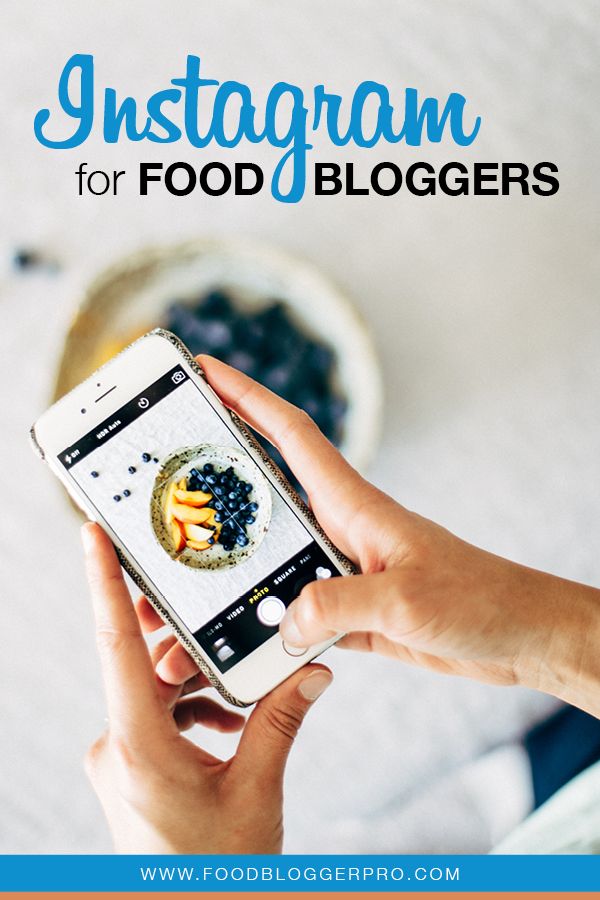 The more followers you have, the more money you can earn.
The more followers you have, the more money you can earn.
However, there’s no need to have a solid Instagram following to start making money on the platform. As specified in the recent report by HypeAuditor, Instagram micro-influencers who have 1-10k followers earn an average of $1,420 while mega-influencers with over 1M followers can expect to receive $15k:
When it comes to different categories, an influencer in the food & cooking niche can earn an average of $2,163:
Want to find a real example? Let’s take a look at Tiffy Cooks, a successful food blogger with 991k followers who teaches her fans how to make money on the platform.
Long story short: Tiffy makes 45-55k per month, according to her income report. Pretty good, huh?
If you’re ready to monetize your Instagram following, read about the best eight ways for food bloggers to make money on Instagram. Let’s dive into it!
1. Create content pieces for food companies
People upload around 95 million photos to Instagram daily.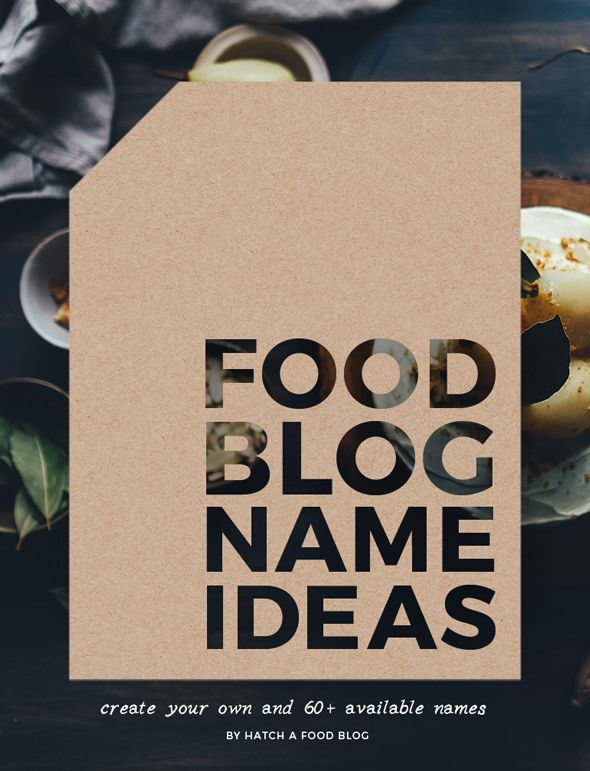 Doubtless, visual content is the primary communication tool for users, brands, and bloggers who have an Instagram presence.
Doubtless, visual content is the primary communication tool for users, brands, and bloggers who have an Instagram presence.
As a food blogger, it’s more likely that you know how to take appetizing food photos that make a viewer’s mouth water. For brands, collaborating with food bloggers means an opportunity to spread the word about their products or services and create content pieces for their Instagram feeds.
Thus, both big and small food companies turn to food bloggers. As a result, any blogger can sell photos on Instagram and make money.
Case in point:
With the idea to highlight the versatility of their cold-brew products and reach a wider audience, Chameleon turned to Lightricks’s Popular Pays platform to find relevant niche influencers who could develop a library of content for them.
The company worked with 89 food bloggers who made 276 pieces of content. Not only did Chameleon get fan-made visuals for its profile, but the company also raised brand awareness among its target audience.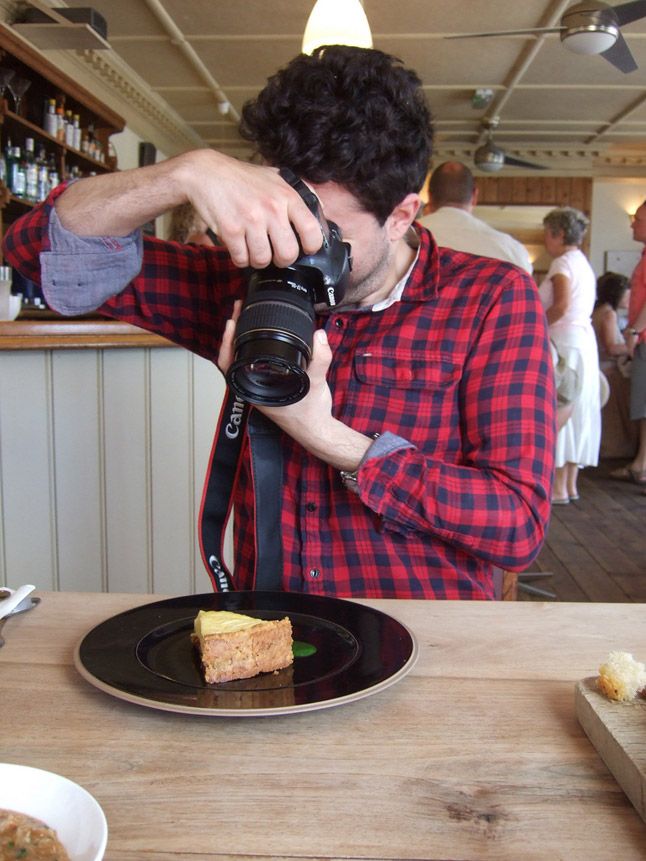
Any Hughes, also known as @thebiteside_ on Instagram, is one example of a creator who has partnered with Chameleon. As a micro-influencer with 3k followers, Any is still a good photo creator whose images get likes and comments:
Source
This photo aligns with the brand’s identity, so it’s no wonder that Chameleon Coffee uses this visual on its business profile to increase brand loyalty and trust:
Source
Food companies constantly seek out user-generated content for their profiles, so food bloggers of all sizes can find an opportunity to make money when creating content pieces for brands in the niche.
2. Promote your digital cookbook
We cook daily. Food plays a significant role in our everyday lives, so people seek out delicious recipes to cook something new and tasty. As a food blogger with a loyal following on Instagram, you can make money selling a digital cookbook that doesn’t require much time or effort to be launched.
If your followers like your recipes, it’s high time to publish a cookbook and start promoting it among potential book buyers–on your Instagram!
For example, Sellfy creator Ashley Renee is a successful food blogger whose recipes are in demand.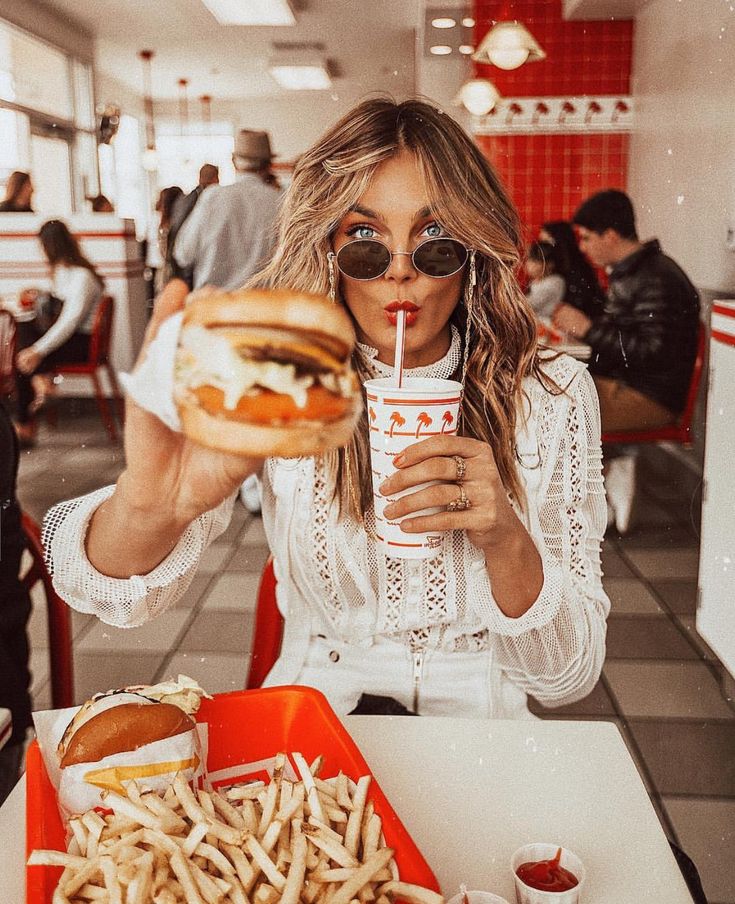 Better known as Messy Eats on Instagram, Ashley has 521k followers on this platform and she actively uses it to sell her keto diet cookbook.
Better known as Messy Eats on Instagram, Ashley has 521k followers on this platform and she actively uses it to sell her keto diet cookbook.
The Messy Eats ebook contains selected recipes and the food blogger writes about it in the bio section to help both visitors and followers learn more about her digital product and therefore turn interested users into customers:
Source
To help people purchase with ease, this food blogger uses the link in the bio to redirect users to Sellfy’s Messy Eats Store where they can read about the digital cookbook and buy a book:
To make money with your ebook, it’s important to talk regularly about your cookbook in posts and spark interest in it. You can do this by scheduling many themed posts in advance.
Messy uploads videos that showcase her yummy food and invites followers to find a recipe in her ecookbook, just like in the example below:
Source
3. Review local restaurants and cafes
Practically every restaurant owner knows that when food bloggers write reviews and recommend it to their followers, the restaurant’s reputation benefits.
Today, people trust peer recommendations over brand content. In fact, 98% of people read online reviews for local businesses. Hint: local restaurants and cafes want to get unbiased reviews from popular Instagram influencers in the niche.
No matter how many followers you have, it’s more likely you have a restaurant or a cafe in your neighborhood that wants to cause a buzz around its products or services with food bloggers’ reviews. This means a great opportunity to stop by, check a new place, and make money – after all, some restaurants and cafes may see getting positive reviews from niche influencers as something worth spending on.
A good example of this monetization option is Leyla Kazim who has founded a food blog in London called Cheap Eats, that reviews local restaurants and cafes to help readers find a good place to dine out on a budget. Check out how its reviews look:
Source
The above-mentioned review should inspire food bloggers how to write informative reviews that help readers choose a local place and motivate local businesses to turn more for more reviews.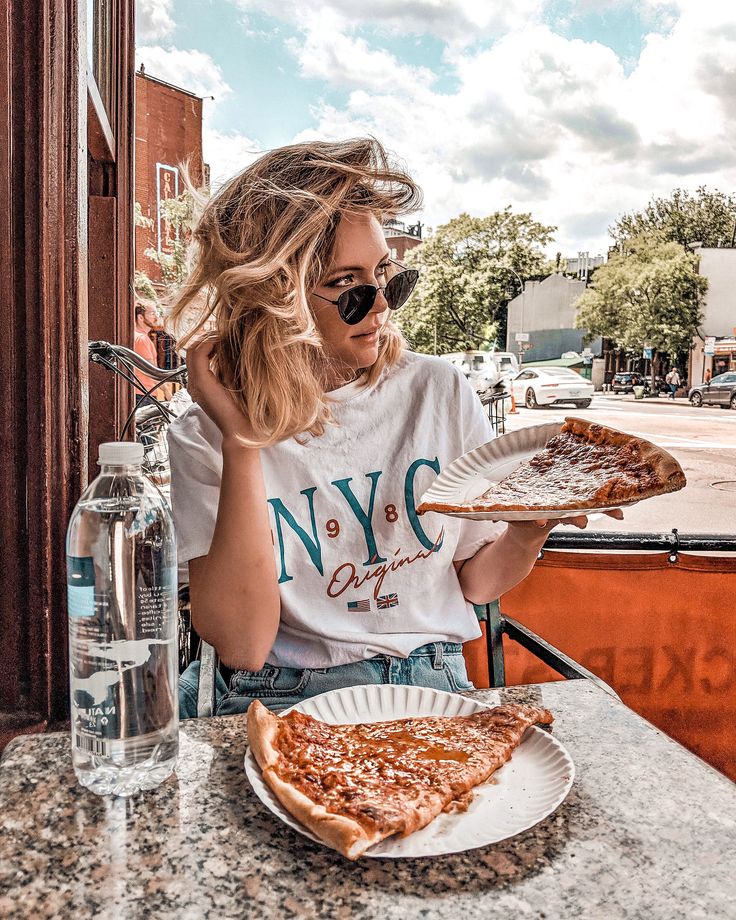 This review is a good example for the following reasons:
This review is a good example for the following reasons:
- It is short yet sweet
- It has a geotag that informs readers about the location
- It includes restaurant positions and prices
- It tags the restaurant’s profile in the caption
4. Create food courses or cooking classes
When people follow niche influencers on social media, it’s more likely that they find your content problem-solving and engaging.
Once you understand the cooking problems your followers face, it’s high time to write and sell food courses or cooking classes. After all, it’s another way to make money on Instagram and grow your income.
Another Sellfy creator, Eunice Arreza, demonstrates a great example of monetizing her hidden talents with the launch and promotion of a cake decorating course. Sharing videos of her “knife painting” cake decoration techniques on Instagram, Eunice has raised high interest in her skills, so she has a course that reveals all tips and tricks.
To help interested followers purchase cake painting courses, Eunice shares a unique discount code and adds her Sellfy store link in the bio section that goes to her website:
Source
When Instagram users tap on the link, they visit Eunice’s website, where she tells readers about her Palette Knife Floral Cakes (PKFC) Basic Course. The food blogger also lays a bet on the fear of missing out effect, so she occasionally offers time-limited discounts for potential customers:
5. Sell custom merchandise
Given that you’re already maintaining a publishing channel with a loyal following, many food bloggers are brand owners without realizing it. If people visit your Instagram account and follow your profile, this means your content aligns with their interests, so they are more likely to be interested in merchandise that reflects your personal style.
In short, you can create and sell custom to make money on Instagram. Internet users love merch these days, and many of them buy it to support their favorite opinion leaders. It gives you an opportunity to raise brand awareness and diversify your income.
It gives you an opportunity to raise brand awareness and diversify your income.
To sell your merch on Instagram, pay close attention to its promotion. Your fans should know about your merchandise and writing about it in the bio section is the best way to inform your followers. For instance, one food blogger has a separate IG profile for his foodie merch, so he writes about the merch and tags this second handle:
Source
At the same time, the blogger wears his merch in visuals for the main feed to give a sneak peek of how his t-shirt design looks in reality. It sparks interest and attracts potential buyers.
Source
To grow interest in your products, showcase your merch when creating content for your channel. For example, you can wear a t-shirt with your logo or use unique cooking equipment. The more people know about your merch, the more potential buyers you can acquire which means making money on Instagram.
6. Feature brands’ products in your recipe
With the huge spike in ad exposure, when an average internet user sees more than 5,000 ads each day, brands seek out authentic ways to promote their products among potential customers and many of them turn to niche bloggers for brand endorsements.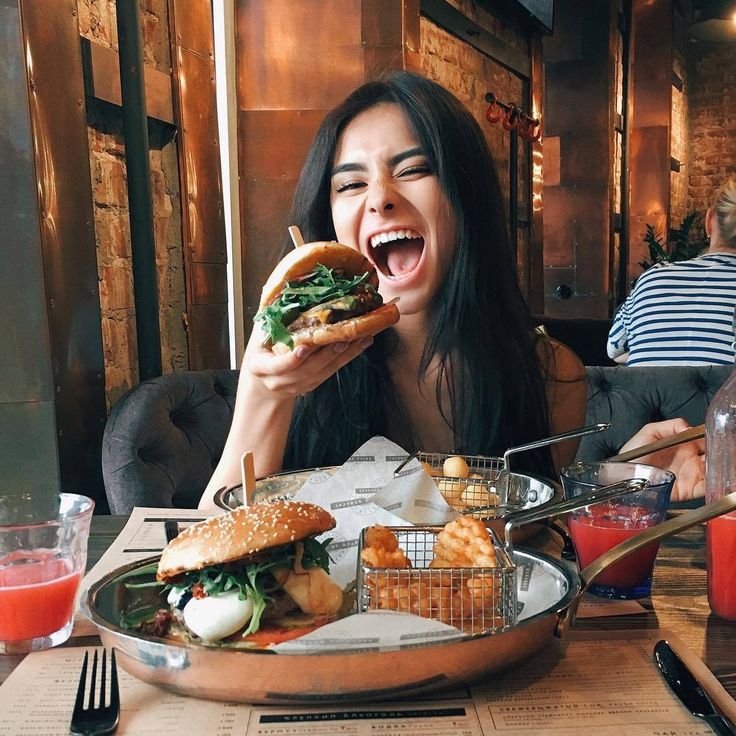
As a food blogger, you may receive offers from brands to try their products when cooking your meals, feature these products in recipes, and tell about your experience in Instagram posts. This strategy gives brands a good way to market their products in a natural way while you get an opportunity to make money on Instagram.
One food blogger who specializes in vegan cooking collaborated with an alternative sweetener company Whole Earth to spread the word about its brown sugar replacement and help the company increase IG reach. Not only did Cherie share a delicious recipe that contained Whole Earth’s sweetener, but she also put the product in the background to raise brand awareness and recognition.
Source
7. Share special discounts
During the discovery phase, when buyers seek out potential products, 60% of online shoppers show interest in discounts and promo codes.
Thus, another great way to make money on Instagram is to work with relevant businesses in the food niche, promote their products in your posts, share exclusive promo codes to influence purchase intent, and get paid for your promotion.
Since brands want to boost sales, they are more likely to find niche influencers and assign unique promo codes to measure performance.
Whether you have a fixed price for brand endorsements or get a commission if someone buys with your code, you still get a chance to provide your followers with useful information and make money on the side.
Back in 2016, Greek food blogger Maria Koutsogiannis was one of the first food bloggers who gave this monetization strategy a try:
Source
8. Get started with food affiliate programs
There’s no need to have a solid Instagram following or wait for brand collaboration offers to make money on the platform. With a growing number of food affiliate programs, food bloggers of all sizes can sign up for affiliate programs, promote food-related products, and start earning more.
For instance, Kathryn Muehlberger posted an informative visual that tells more about the benefits of the affiliate program and wrote a short caption that guided users on how to find the affiliate link.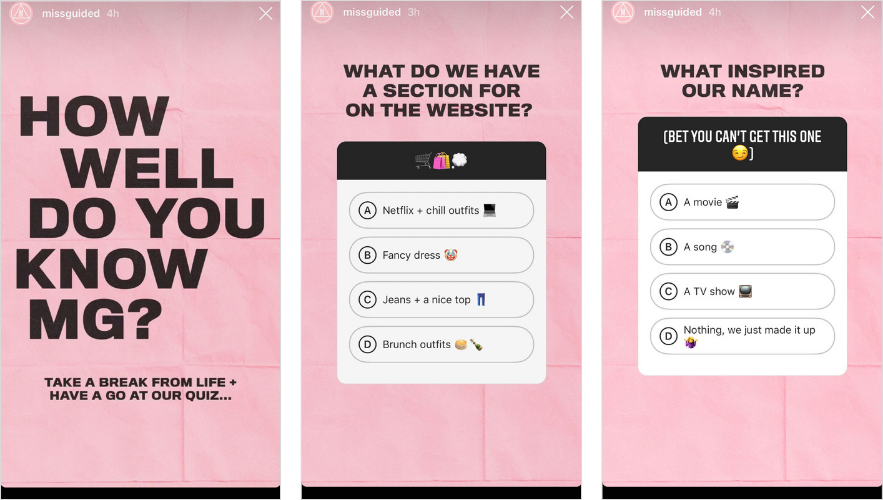
Source
Obviously, using each post or Story to tell followers about your affiliate partnership isn’t a good idea as people seek out handy information first. But you can use the bio section to help interested users find your affiliate link with ease.
If you still want to boost web traffic and promote your affiliate link, use any link-in-bio tool that allows users to create custom landing pages and share multiple links in one custom link, just like another food blogger did:
Source
It’s time for food bloggers to make money on Instagram
Instagram sees a huge amount of growth, so this platform will stay popular among visual learners who prefer consuming visual content.
With a growing number of users who show interest in the food industry in-app, Instagram remains an ideal place for food bloggers who want to interact with an engaged fan base and monetize their followings. Not only does it have all features to grow your influence, but it also offers actionable ways to make money on Instagram.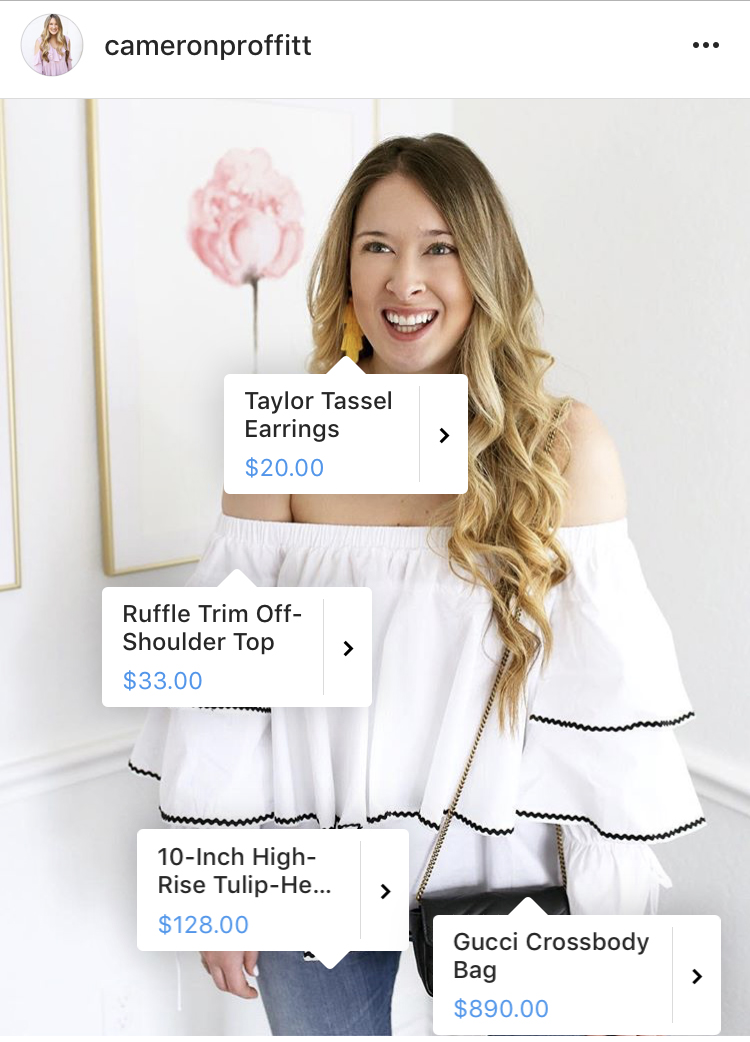
Whether you choose to collaborate with food companies, sell merch, or find buyers for your digital cookbooks, there are many ways to make money as a food blogger on Instagram. When you marry the usage of Sellfy and Instagram, you get another great chance to grow your income with ease–just give it a try!
How to become a food blogger and make good money: 3 easy steps
New accounts and channels regularly appear on Instagram and YouTube, where people share useful (and not so) tips about food. But not every such project becomes popular. Let's find out why this happens and how to start making decent money on a food blog.
How to choose the right niche and target audience
Food blogging is quite a specific topic, and you need to be an expert in this area to work with it. A good example is the author's blogs of Ukrainian culinary specialists and winners of delicious shows, who position themselves as experts in cooking first and second courses, pastries, desserts, jams and sweets. So they just found their niche and an audience that is interested, and today individual bloggers have at least 160 thousand subscribers. nine0005
So they just found their niche and an audience that is interested, and today individual bloggers have at least 160 thousand subscribers. nine0005
To repeat a similar success, first of all, you need to determine your niche and specialization as accurately as possible. Popular destinations today:
- healthy eating;
- sports nutrition;
- baby food;
- cuisines of the peoples of the world;
- reviews of restaurants and unique food from famous chefs;
- liquor reviews;
- author's kitchen in a unique style.
The main platform for attracting audiences today is YouTube, as people quickly got used to receiving information in video format. Moreover, for filming at the start, you do not need to rent an expensive studio, you can start with your own kitchen, which should be prepared in advance. nine0005
How to prepare a location for filming a food blog
People like an attractive picture, which means that the main task of a food blogger is to provide a beautiful shot. To do this, you will need:
To do this, you will need:
- good camera with a lens for macro photography of the finished dish at close range;
- modern kitchen gadgets and beautiful tableware;
- functional area , which will become the main film set. nine0018
Specialists from the Ukrainian company BEVERS MARMYR suggested that the best solution for organizing the working surface of the kitchen would be a natural stone countertop. This material looks amazing in the frame, does not lose its external gloss with daily use and can be an excellent backdrop for shooting both the cooking process and ready meals.
How to work with the target audience
When everything is prepared for filming, the main questions remain - the idea and its implementation. And if most novice food bloggers have no problems with ideas, then almost everyone has embarrassment with high-quality implementation. How to be in that case? Of course, seek help from professionals.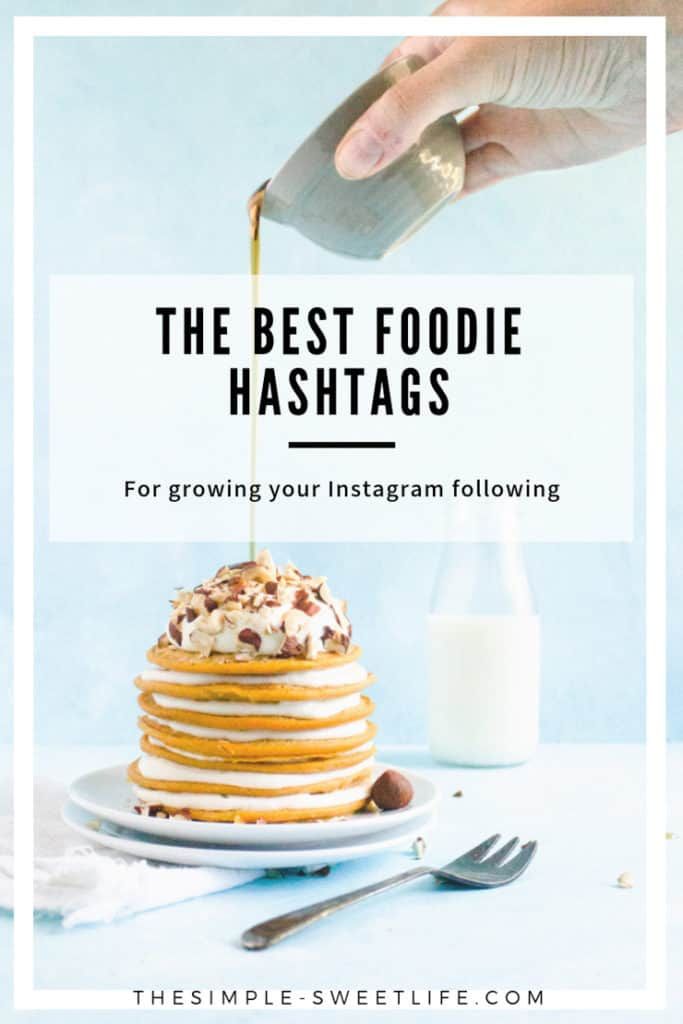 nine0005
nine0005
Today, according to bloggers, the best mentors in Ukraine who know exactly how to become a video blogger are the teachers of the video blogging academy - AIR academy. They quickly and effectively explain to beginners the specifics of YouTube, help to significantly upgrade existing knowledge and teach how to create truly high-quality, and therefore, in-demand content.
So, to recap: to become a great food blogger, you need to decide on the right content, set up the right location, and launch your blog with the help of professional mentors. Well, then you just start making good money doing something interesting for yourself. Dare! nine0005
Timofey Nagornyak
Tags:Ukraine
Step-by-step guide on how to become a food blogger
If you wanted to start blogging about food, restaurants, different cuisines, but did not know where to start, then open my post. Today I will show you a step by step guide on how to become a food blogger.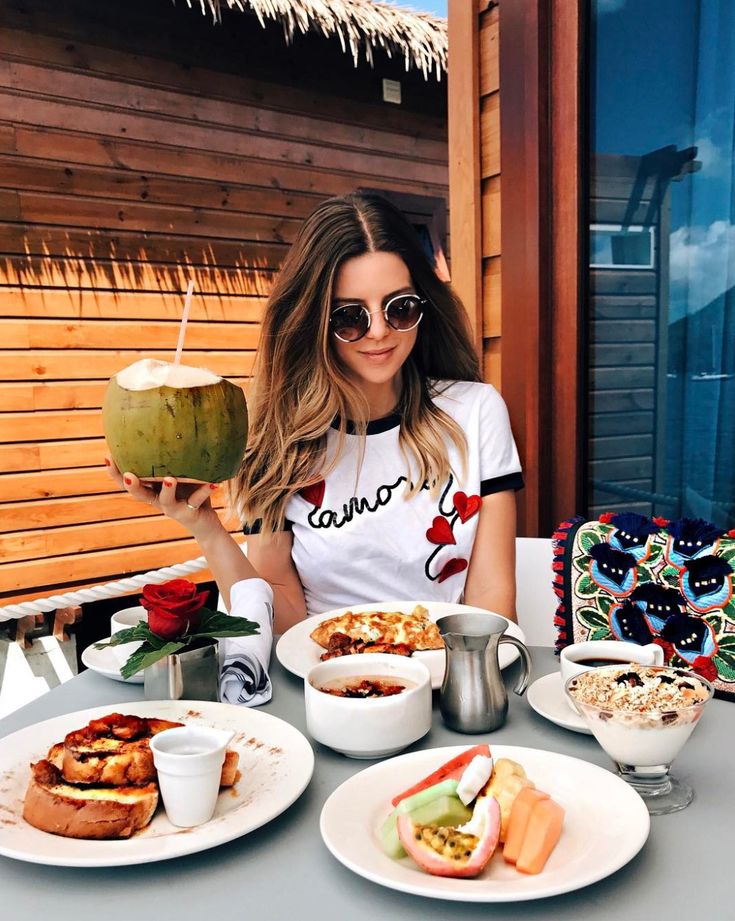 You will learn how to come up with a name for a food blog, how to make money on it and what you can write about.
You will learn how to come up with a name for a food blog, how to make money on it and what you can write about.
Content
- Step 1. Define your niche
- Step 2. Define your blog audience
- Step 3. Name the project
- Step 4. Create a blog
- Step 5. Buy a good camera
- Step 6. Understand the basics
- Step 7. Plan and write a content
- Step 8. Get it going blog
- Sign up for Instagram
- Create an account on VKontakte
- How to make money on a food blog
Step 1. Define a niche
Before you start a food blog, you should define your niche. In food blogging, there are several options for what you can write about:
- general topics : recipes, reviews of recipes and culinary techniques, cuisines of the world, tips, chef interviews, restaurant reviews;
- restaurants : reviews of restaurants/cafes/bars, interviews with owners, reviews of restaurants/cafes/bars, stories, video/photo stories about visiting establishments, secrets of chefs;
- healthy food : recipes, reviews, healthy food information, healthy food videos/photo recipes, health food restaurant reviews, interviews with nutritionists; nine0018
- raw/vegan ;
- baby food ;
- drinks/alcoholic beverages ;
I described in more detail how to choose a niche for a blog in the post “How to choose a niche for a blog in 6 steps”. There you will find a free notebook that will help you decide what exactly you will write in the food blog.
There you will find a free notebook that will help you decide what exactly you will write in the food blog.
Step 2. Determine the audience of the blog
Of course, for any blog and website, you need to understand what audience to target. If you write about luxury restaurants, a lively language will not hurt, but you don’t need to be familiar anymore. But if you write about bars or pubs, then, most likely, the audience of your blog will be around 20-35 years old, which means you can choose a lighter style of storytelling. nine0005
How exactly to define your audience, see my post "How to draw a portrait of the target audience."
Step 3. Come up with a name for the project
The blog needs to come up with a name. You already know who your audience is and what you will write about, so choosing a name for your blog will be easy. For example, if you are writing about children's food, try to find synonyms for the word "children", "kids", "toddler" and try to combine them with the adjective "delicious", "sweet", "unusual".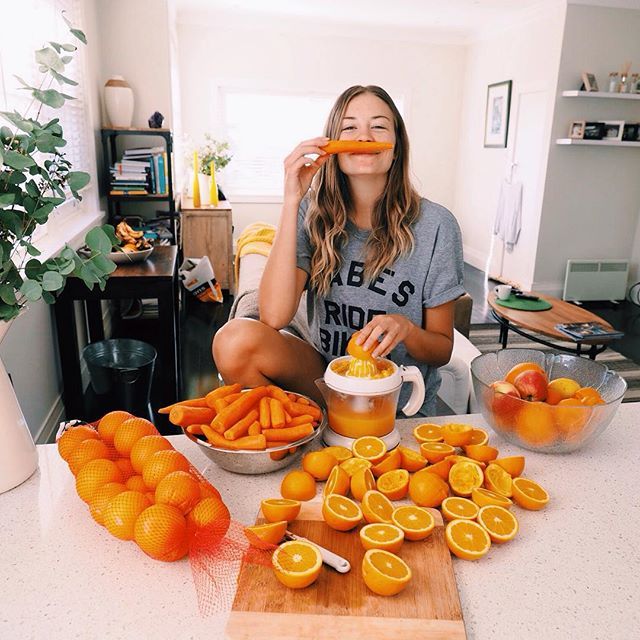
I suggest you look at my post "7 steps to come up with a blog name". There I have collected the most popular and really working ways to quickly come up with a name for a blog.
Step 4. Create a blog
Now you should take care of creating your own blog. If you want to make money on a food blog, then choose the WordPress platform.
Next you need to register a domain and buy hosting. For my blog, I bought both a domain and hosting on Beget. Here are the lowest prices + a big discount if you buy a domain and hosting for a year. Also, after registering, I was quickly able to create my blog on the WordPress platform, because the company has technical support and a step-by-step guide on how to create a blog. nine0005
Step 5. Buy a good camera
After all, a food blog cannot exist without beautiful photos of food. So make sure you buy yourself a good camera. Although cameras are now installed on modern phones no worse than on a regular “soap box”.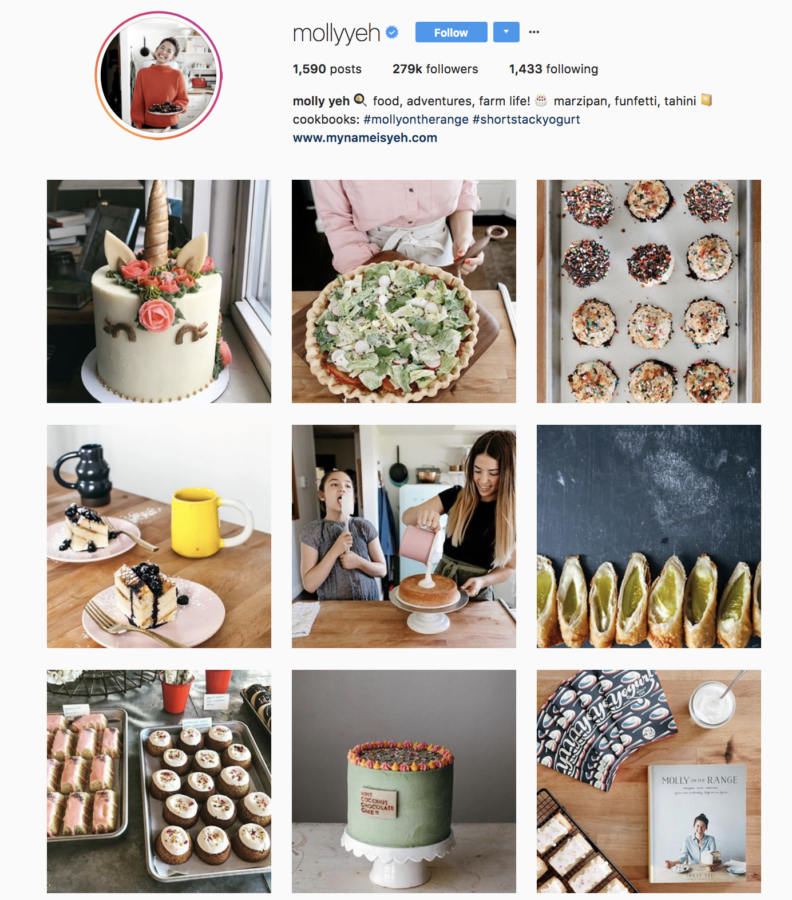 By the way, mobile photography can become a feature of your food blog.
By the way, mobile photography can become a feature of your food blog.
I also recommend taking food photography mini-courses, such as Food Photography: Playing With Your Food or Food Photography. To take good photos, check out a couple of tutorials on the basics of composition, exposure, shutter speed, and aperture. nine0005
Step 6. Understand the basics
In order not to be unfounded, try to understand the basics of cooking. If you are going to write about healthy food, find out what exactly is included in the concept of healthy food, how exactly it is worth preparing healthy food. If you're going to write reviews about bars or pubs, learn how to mix drinks properly or how beer is made.
There are many cooking courses, lessons and videos on the Internet. For example, you can take a course from the Rouxbe culinary school, read books by Jamie Oliver or William Pokhlebkin. nine0005
Step 7. Create a content plan and write
Another step to become a food blogger is to create a content plan. Think about what exactly you will write: interviews, reviews, recipes, tips or podcasts?
Think about what exactly you will write: interviews, reviews, recipes, tips or podcasts?
You can read about how to write a content plan in my step-by-step guide How to write a content plan for a blog. You can also get a couple of ideas in the post “17 ideas to write about in a blog”.
Step 8. Promote the blog
Sign up for Instagram
The last step in becoming a food blogger is promoting your blog. To get as many people as possible to know about you, make yourself an Instagram account. Food blogging is not only the text part of the blog, but also the visual part. Therefore, this social network is the best suited for promoting this type of blog.
What to do?
- Use hashtags to "move" and start gaining followers as quickly as possible. But not the most popular. Because the more popular the hashtag, the less likely your photo will be seen. The number of photos for a popular hashtag will be huge, which means that your photo may be lost against the background of the rest.
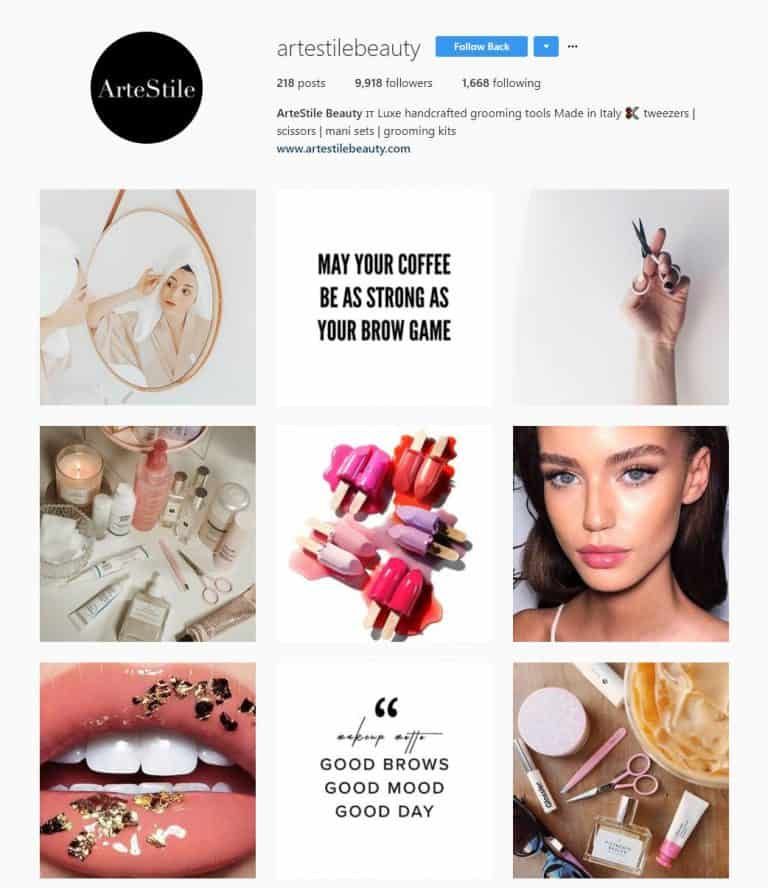 nine0018
nine0018
Make an account on VKontakte
In this social network, people also like to look at beautiful photos of food and spend a lot of time. Therefore, here you can create a group and leave post announcements in it, make interesting selections on the topic of food blogging and share your opinion.
What to do?
To get promoted on VKontakte, find similar food bloggers and ask them to exchange posts in groups. You can also run targeted ads. You've already done your blog audience analysis (step 2), so setting up your ads is easy. nine0005
How to make money from a food blog
- To start getting money from a blog, use affiliate programs. Affiliate program is advertising, the purpose of which is to get new customers. For example, you can use the Admitad partner site. After registration, various advertisers will be available to you (for example, the well-known website Aliexpress). Choose one of them and leave a link to the advertiser's website on your blog.
